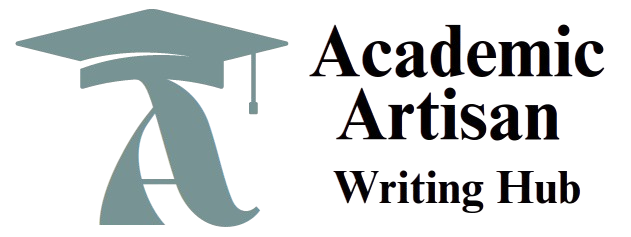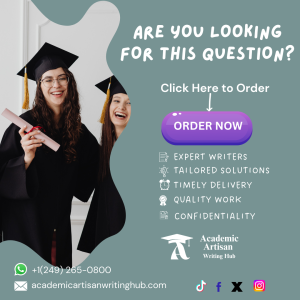WhatsApp Number: +1(249) 265-0080
Developmental Instructional Strategies
throughout this course, you have studied the major principles, concepts, and learning theories related to the major developmental milestones and stages of development. With this knowledge, you will explore how to integrate the major principles, concepts, and learning theories when determining the appropriate instructional strategies that meet the diverse needs of all students.
Imagine you are a third-grade general education teacher trying to support the needs of specific students in your classroom. Using the “ELM-500 Case Study,” write a 750 words that addresses the following areas of development:
- Describe each student’s current state of cognitive, linguistic, physical, social, and emotional development.
- Explain how you would use the background information and experiences, interests, and strengths of the students in the case study to design developmentally appropriate and engaging learning experiences, promote the acquisition of knowledge, and increase motivation.
- Describe three developmentally appropriate instructional strategies that a teacher could implement in a third grade classroom to support the learning of all students.
- Explain how you would adjust (differentiate) each instructional strategy to support Alicia, Sena, and Jeremy’s cognitive, linguistic, social, emotional, and physical development. Use major concepts, principles, theories, and other research to support your adjustment suggestions.
- Describe one technique or strategy you could implement with each student in the case study to increase their motivation and promote self-directed learning.
- Explain what personal values and biases may affect teaching and how those can influence student learning, specifically students with diverse needs such as those in the case study.
Check our essay writing services here
Developmental Instructional Strategies
As a third-grade general education teacher, I aim to support the diverse needs of my students—Alicia, Sena, and Jeremy—by integrating major principles, concepts, and learning theories related to cognitive, linguistic, physical, social, and emotional development. This essay outlines their current developmental states, leverages their backgrounds and strengths to design engaging learning experiences, proposes three developmentally appropriate instructional strategies, differentiates these for each student, suggests motivation techniques, and reflects on personal biases affecting teaching.
Developmental States of Students
Alicia, an English language learner with a reserved demeanor, exhibits cognitive development at Piaget’s concrete operational stage, struggling with abstract problem-solving but excelling in hands-on tasks. Linguistically, her limited English proficiency hinders verbal expression, though she shows growth in receptive skills. Physically, she is age-typical, with fine motor skills suited for writing. Socially, she is withdrawn, likely due to language barriers, and emotionally, she appears anxious in group settings. Sena, a highly active student, demonstrates advanced cognitive skills, solving multi-step problems, aligning with the upper concrete operational phase. Linguistically, she is fluent but impulsive in speech. Physically, her energy levels exceed peers, excelling in gross motor activities. Socially, she dominates group interactions, while emotionally, she shows frustration when challenged. Jeremy, with a diagnosed attention deficit, operates at a lower cognitive level, struggling with focus and sequential tasks. Linguistically, he has age-appropriate skills but limited vocabulary depth. Physically, he has…


